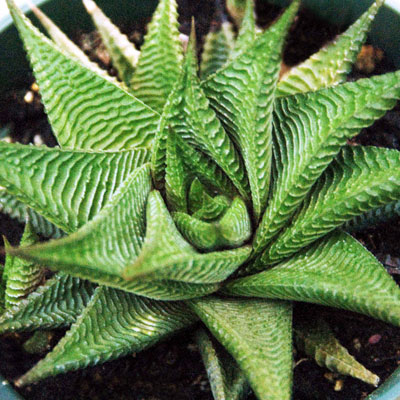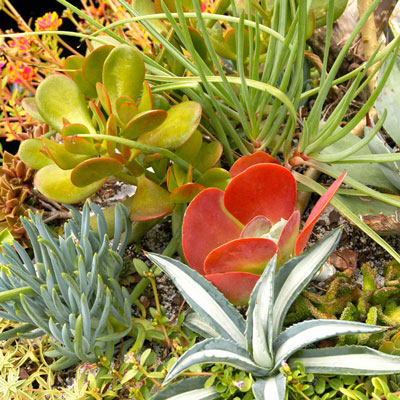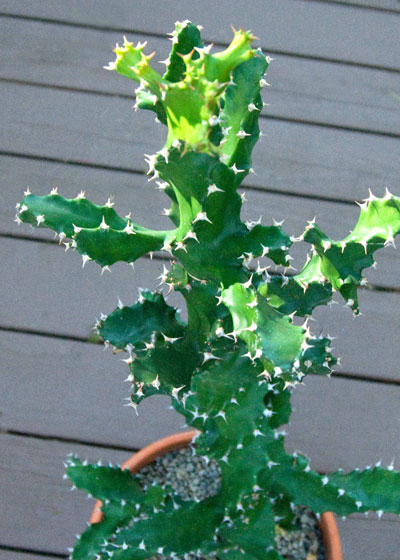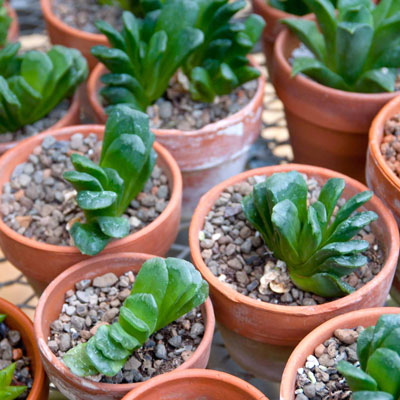Cacti and Other Succulents
I hope you share my love of this great group of plants. We have an almost endless assortment of types, but there are facts that we need to remember if we’re going to succeed in growing them.

• Cacti and succulents come from all over the world – from every continent except Antarctica. The one unifying feature among them is that they all have the ability to store water during wet times for use during droughts.

• The term “cactus,” when used properly, refers to plants from one specific plant family. The Cactus Family is native entirely to the Western Hemisphere. Cactus look-alikes, the succulent euphorbias (pencil cactus, baseball cactus, crown-of-thorns, etc.), are native primarily to the Eastern Hemisphere.

• The term “succulents” refers to all plants that do store water for later use. Plants in the Cactus Family are included in this giant group, as are many members of the euphorbia, amaryllis, lily, crassula, milkweed, composite and bromeliad families (among many others).
• So, to boil that down to more simplistic terms, “All cacti are succulents, but not all succulents are cacti.”
• In broad terms, the ideal potting soil for these plants would be 40 percent sphagnum peat moss, and 20 percent each: finely ground pine bark mulch, coarse horticultural perlite and expanded shale.

• Christmas cacti and other epiphytes (plants that grow natively suspended on tree trunks and branches) will benefit from a little more peat moss, and proportionately less perlite and expanded shale. Other types such as the split rocks (Mesembryanthemums) from arid South Africa should be grown in gravely, dry potting mixes.

• Terra cotta pots work best for all succulents. They’re inexpensive, and they’re porous, so there is some degree of air movement through their pot walls. Perhaps most importantly, they bring heft and stability to the plants you grow in them. Some succulent plants can become quite top-heavy with time.
• Most cacti and other succulents have adapted to austere surroundings, but that doesn’t mean that they must have those conditions. Many types will prosper with more regular watering as long as bright light and good drainage are always provided. Apply a diluted water-soluble, high-nitrogen plant food every time that you water them.

• Local nurseries and greenhouses offer nice selections of cacti and succulents. Local Cactus and Succulent Society members have sales. I’ve been very successful buying unusual haworthias and sansevierias from specialists on eBay. I do, however, limit my purchases to U.S. vendors with ultra-high ratings.

